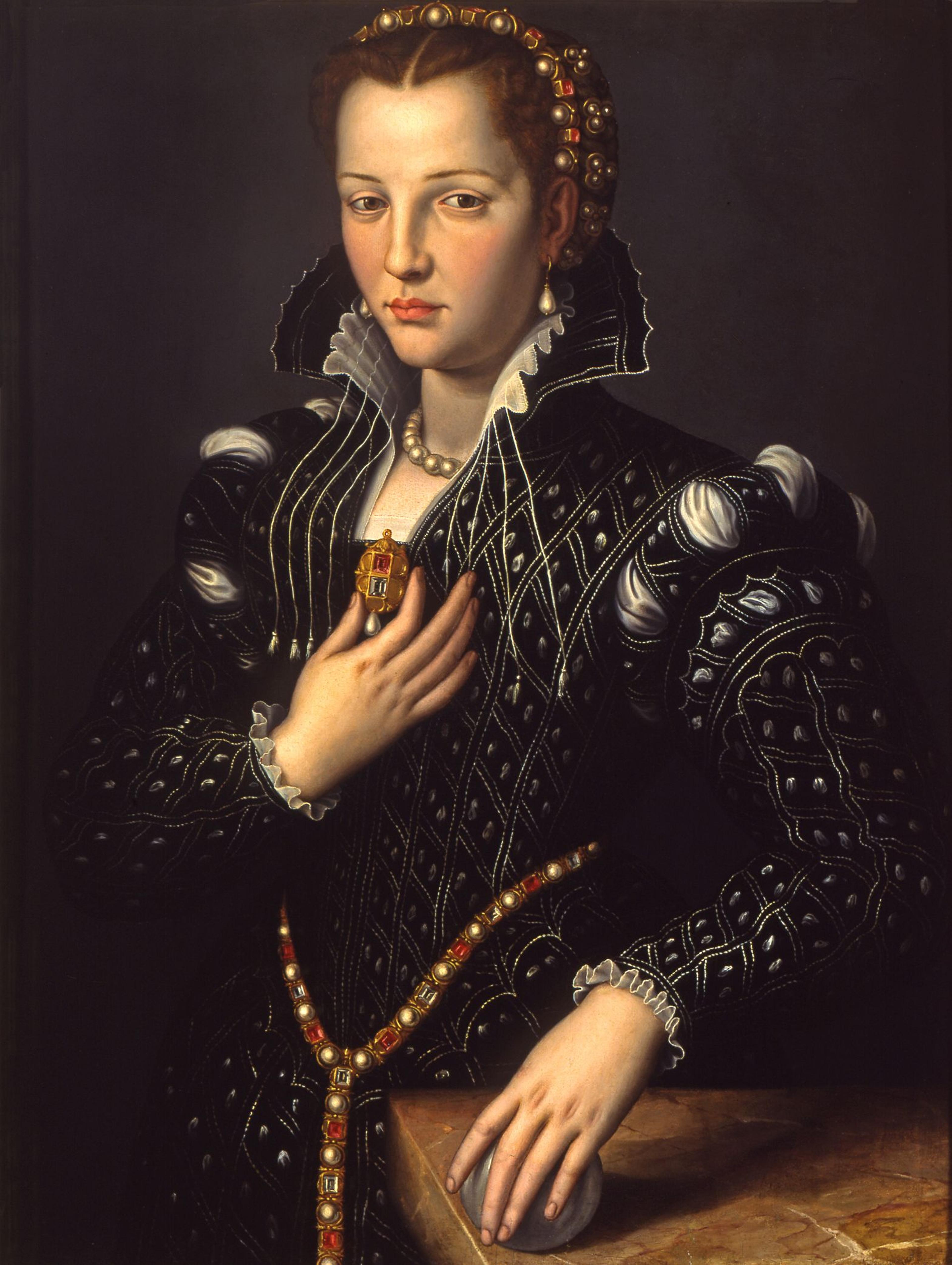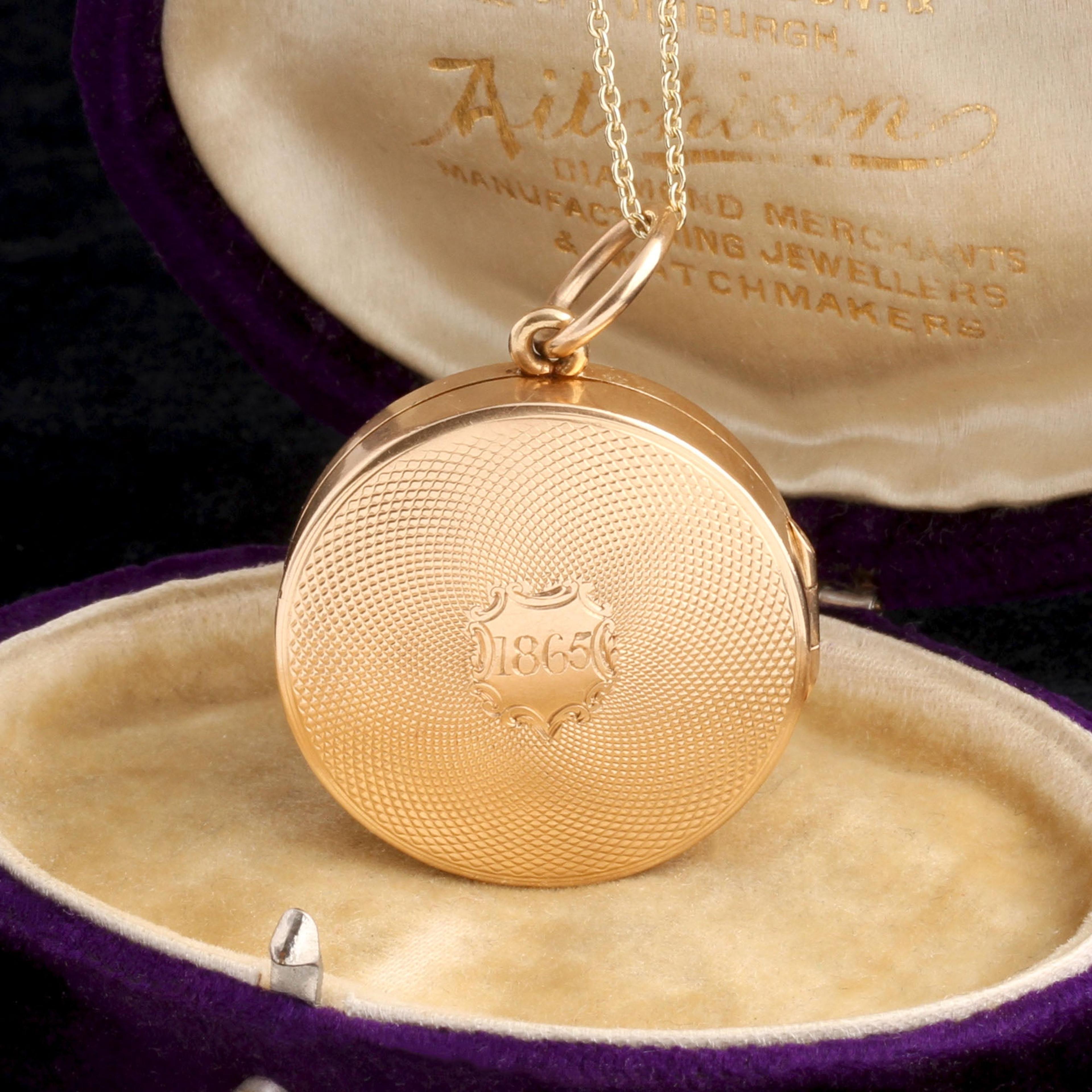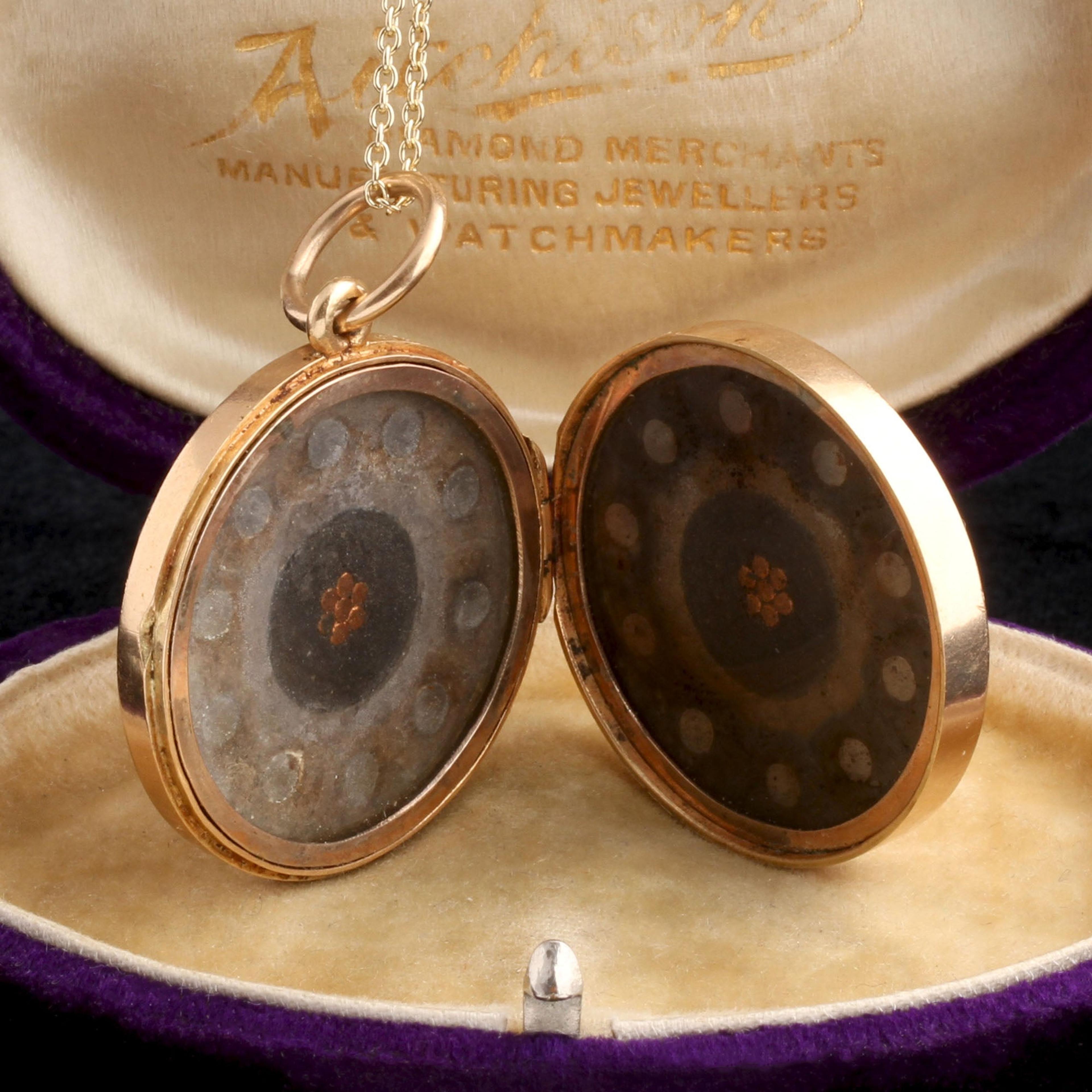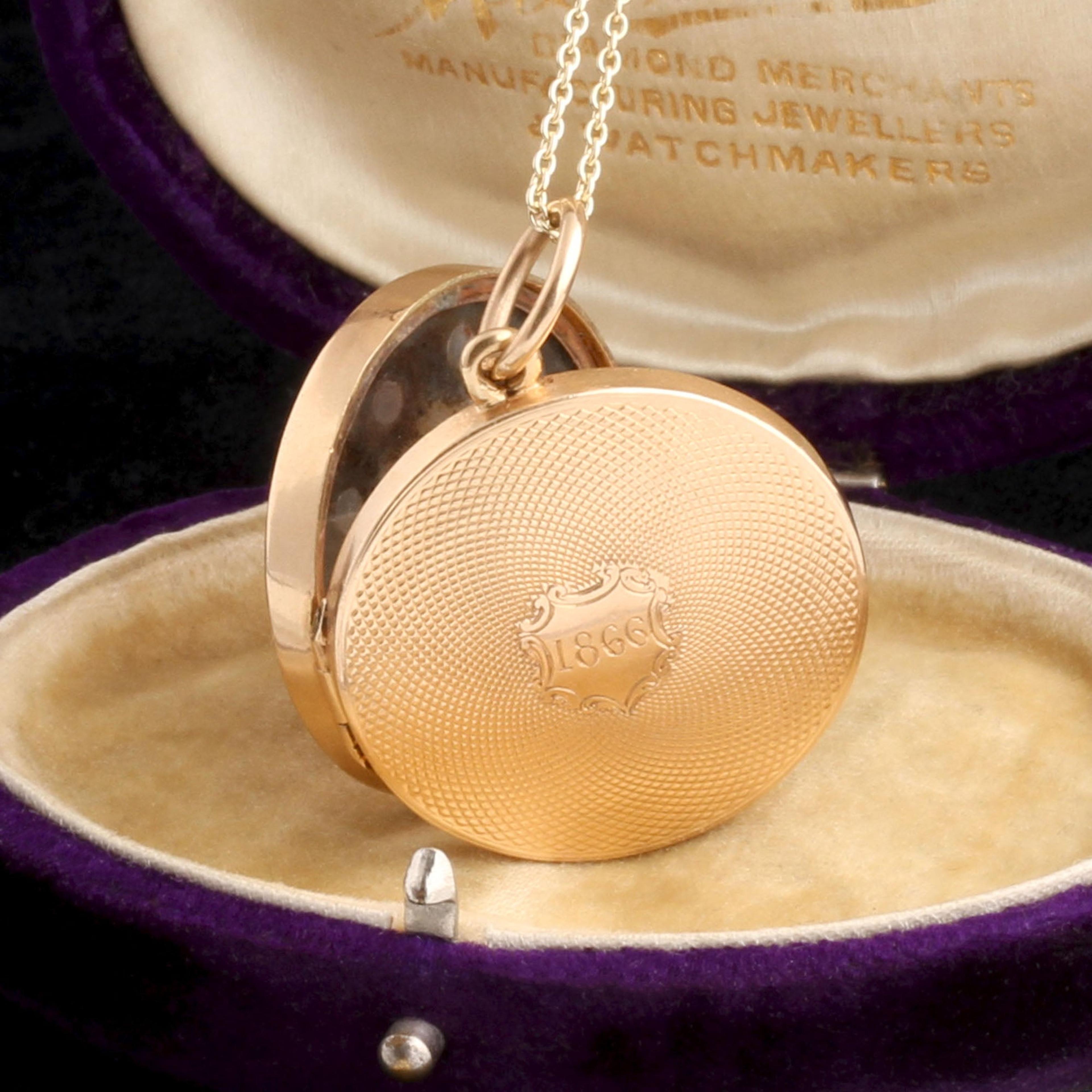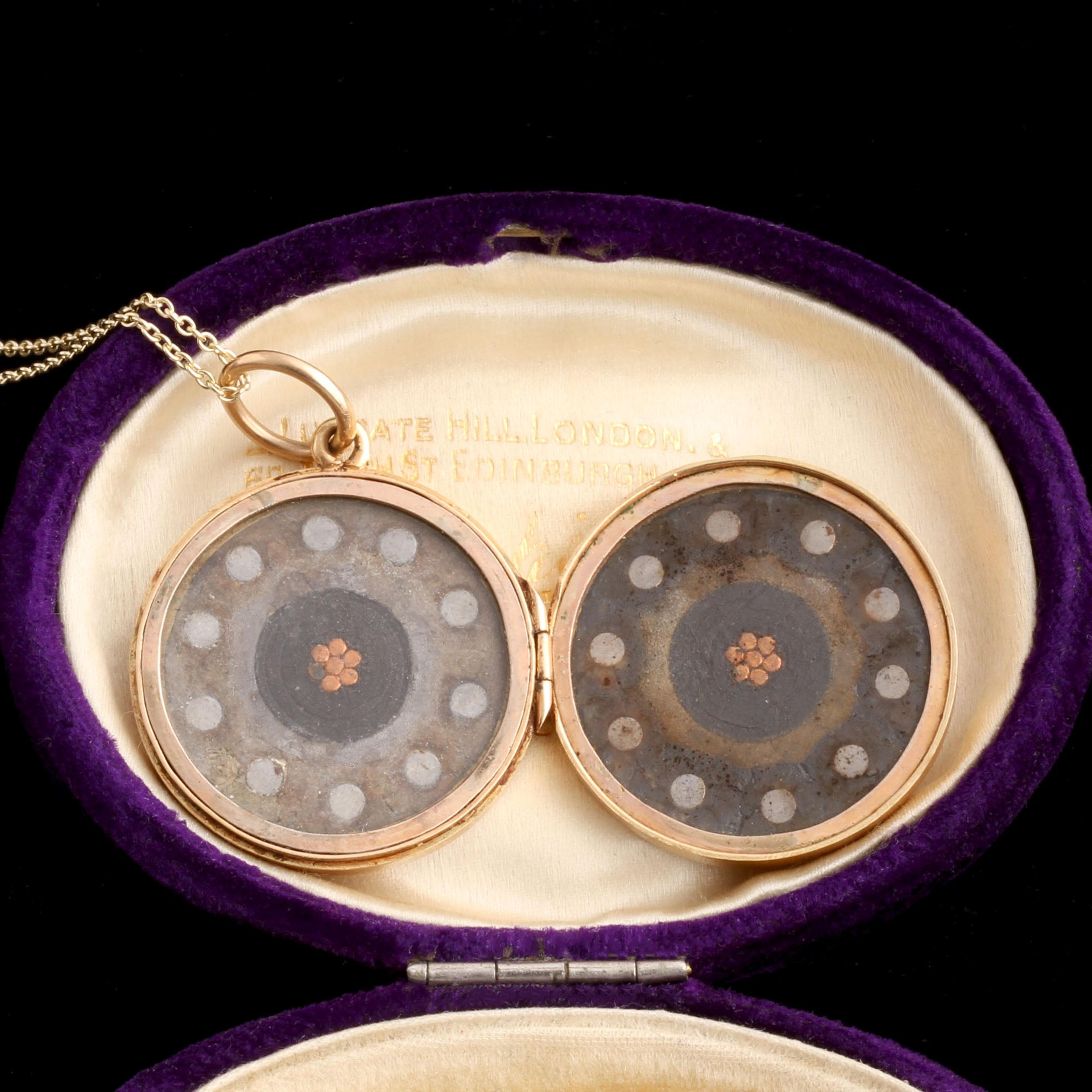Inside this locket is a slice of the world's first transatlantic telegraph cable. It ran underneath the Atlantic ocean, allowing for instant communication between America and England. The locket bears the dates 1865 (the year of the first failed attempt to lay the cable) and 1866 (the successful year of completion). Made of gutta percha, hemp, twisted copper and iron, this miracle of communication technology ran into many initial problems. Maybe the worst was when the two companies producing the cable failed to communicate about the direction the wires should twist. Miles of cable were made at great expense, only to prove they'd UNTWIST underwater. Oops. Eventually the cable worked. Queen Victoria's initial morse code message - 98 words - took 16 hours to send to president James Buchanan. It was met with an outburst of wild enthusiasm, and a short-lived trend of telegraph jewelry was born.
thedetails
- Materials
14k gold (tests), slices of cable from 1864 and 1865 cables, glass lenses, new 14k gold chain
- Age
Engraved 1864/1865 (year of the first failed attempt to lay the transatlantic telegraph cable and successful year of completion)
- Condition
Excellent
- Size
1 5/8" length including the bale, 1 1/8" diameter, 18" chain
Need more photos?
Send us an email to request photos of this piece on a model.
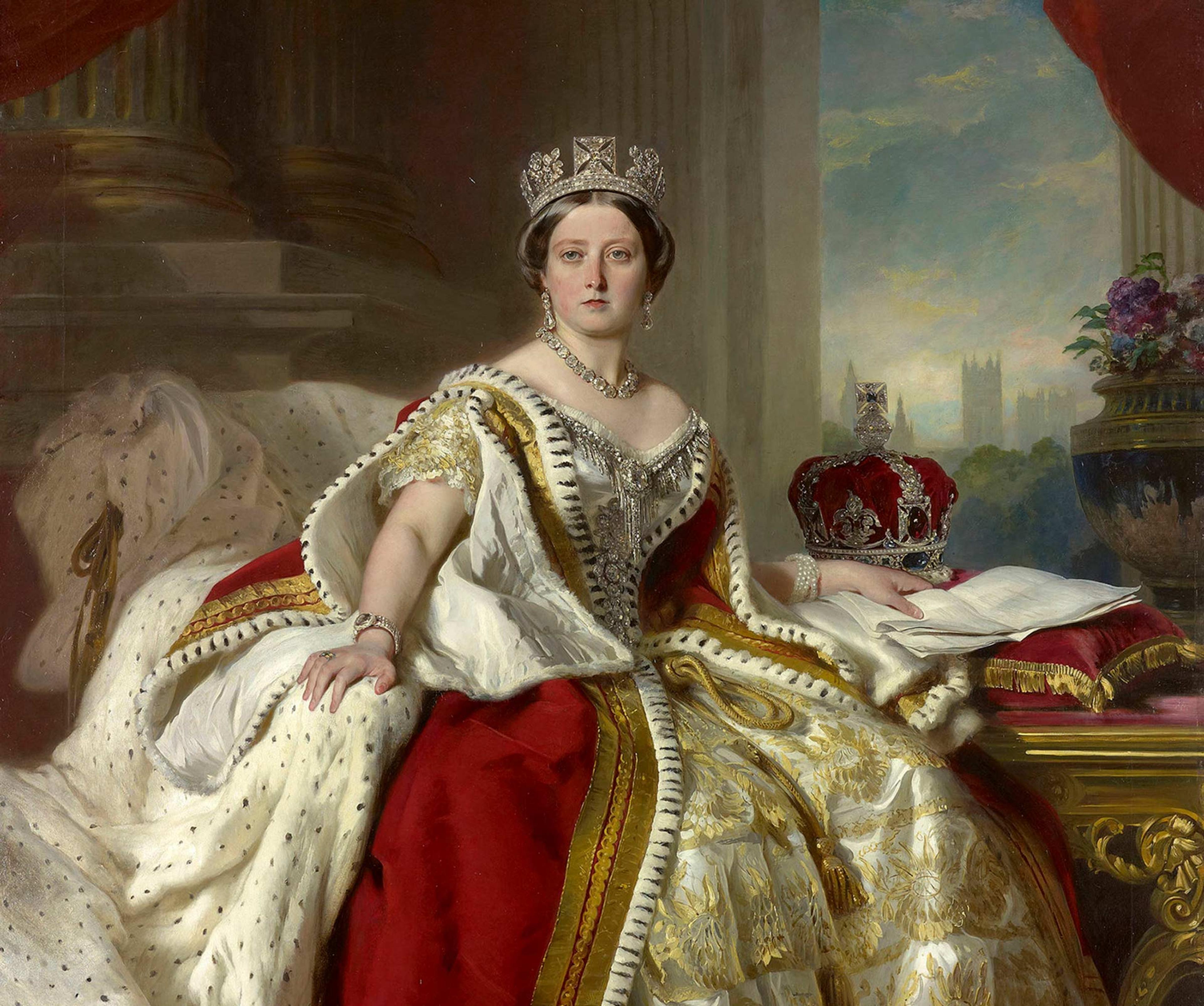
Aboutthe
VictorianEra
1837 — 1901
The Victorians were avid consumers and novelty-seekers, especially when it came to fashion, and numerous fads came and went throughout the 19th century. In jewelry, whatever fashion choices Queen V. made reverberated throughout the kingdom. The Romantic period reflected the queen’s legendary love for her husband, Albert.
Jewelry from this period featured joyful designs like flowers, hearts, and birds, all which often had symbolic meaning. The queen’s betrothal ring was made in the shape of a snake, which stood for love, fidelity, and eternity. The exuberant tone shifted after Prince Albert passed away in 1861, marking the beginning of the Grand Period. Black jewelry became de rigeur as the Queen and her subjects entered “mourning,” which at the time represented not just an emotional state, as we conceive of it today, but a specific manner of conduct and dress. She wore the color black for the remainder of her life, and we see lots of black onyx, enamel, jet, and gutta percha in the jewelry from this time. Finally, during the late Victorian period, which transitioned along with a rapidly changing world into the “Aesthetic Movement”, there was a return to organic and whimsical motifs: serpents, crescent moons, animals, and Japonaisserie designed for the more liberated “Gibson Girl”. During the second half of the 19th century, America entered the global jewelry market, with Tiffany and Co. leading the way. Lapidaries continued to perfect their techniques, and the old European cut emerged toward the end of the Victorian period. The discovery of rich diamond mines in South Africa made the colorless stones more accessible than ever before.
please note:Terms of Sale
Antiques can be returned unworn and in original condition within 10 days of delivery for an exchange or refund minus the cost of shipping. Once a piece has been altered, including ring re-sizing, it is FINAL SALE.
